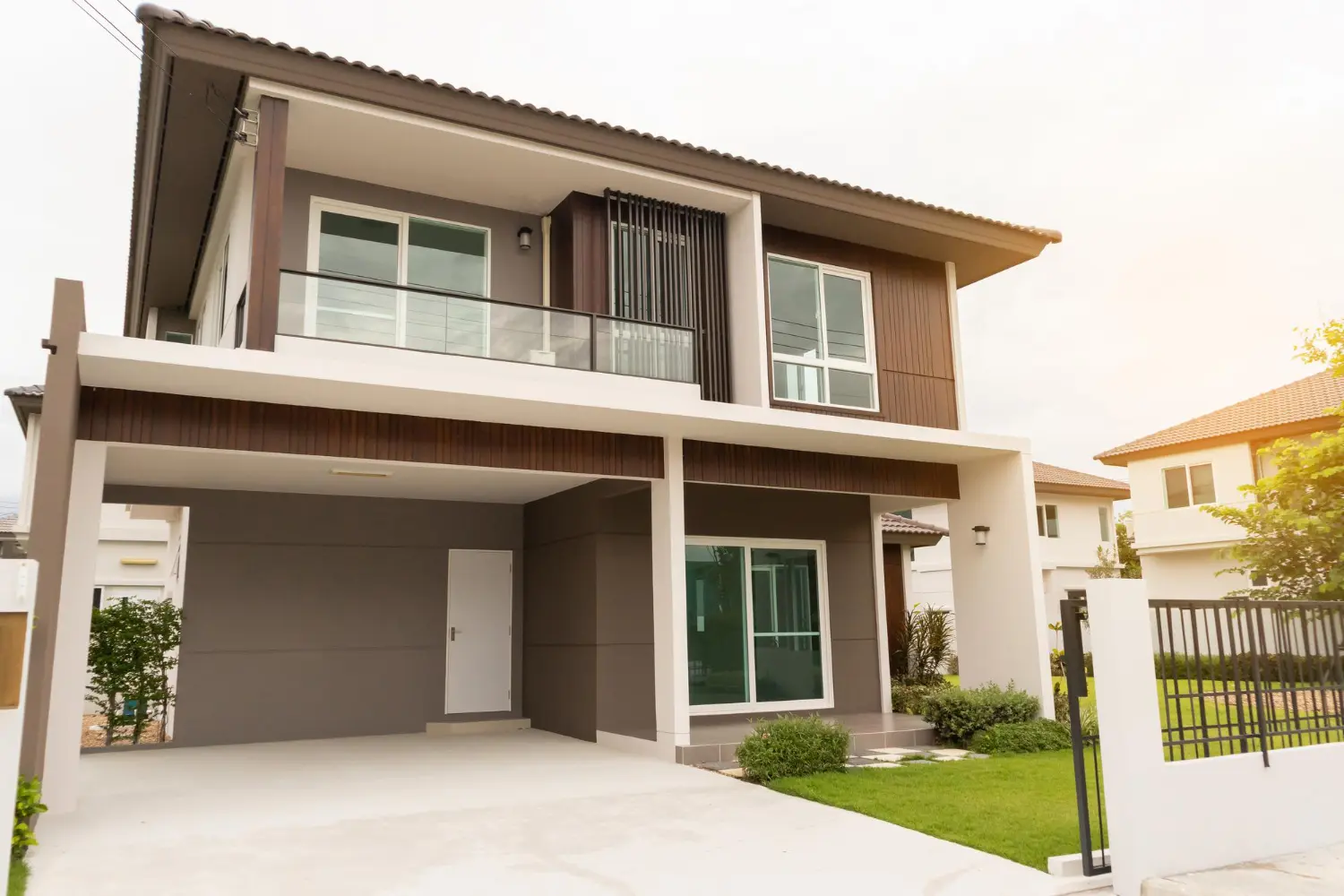Building your own house is a very exciting process, although if it is your first experience in this field, many doubts will arise. When you begin to realize the idea, the focus shifts to the choice of the plot, unleashing questions that perhaps before we had not contemplated. Therefore, today we will help you to solve the doubt of how to choose a land to build a house.
We are a construction company in Malaga and Costa del Sol,if you are looking to build your house, do not hesitate to contact us!.
How to choose a land to build a house?
The first thing to choose is the location, surely this first factor is already solved when you ask yourself how to choose a land to build a house, so we are going to focus on other factors such as:
Land
This factor is crucial for the future construction of your home. It is vital to know the composition of the land on your plot, including aspects such as old fillings or the presence of aquifers. At Leba, we recommend ordering a preliminary geological study before buying, to identify and avoid problematic soils such as those with fillings or organic matter.
Ideal soils are cohesive, hard and resistant, such as rocky or clayey soils, which facilitate easy foundations. However, the presence of excessive rock can complicate basement construction and increase costs. It is also essential to know the height of the water table to anticipate the behavior of the soil in rainy seasons.
In addition, we recommend a geotechnical study prior to purchase, which is essential to properly plan the project and adjust the budget. The slope of the land influences water drainage, sunlight and ventilation, although building on sloping land usually has a higher cost than on flat land, it offers greater flexibility in design and use.
As a construction company we apply the latest technologies and construction techniques to guarantee the quality of our projects. If you have an idea in mind, call us!.
Vegetation
Although it may seem minor, the existing vegetation on the plot is a crucial aspect to consider. In several Spanish municipalities, both vegetation and trees may be protected by local regulations, which restrict unauthorized cutting and may result in fines or municipal fees for removal.
Vegetation not only indicates the quality of the soil, its presence being generally positive (as long as it is not excessive), but also has direct implications on the design and location of the future house. It is important to keep in mind that the roots of certain trees can compromise the foundation and the installation of the house, requiring the maintenance of safety distances if it is decided to keep them.
In addition, an excess of trees can limit the sunlight and natural lighting that the house receives. For this reason, it is vital to identify the types of trees present, considering their potential future growth and how this could affect both the lighting and the structure of the house through root development.
Orientation
How to choose a plot of land to build a house? The orientation of the plot plays a crucial role in the design and energy efficiency of the future house. On flat plots, it is essential to determine the extension of the plot in relation to the cardinal points. A longer south-facing side is ideal, as it allows for greater solar exposure, increasing thermal comfort and reducing heating and lighting costs.
For sloping plots, a south-facing slope is most favorable, which not only minimizes exposure to the cold north, but also improves the living area on the south side and facilitates effective ventilation.
In addition to orientation, it is important to consider environmental elements such as tall buildings, hills or nearby vegetation that may block sunlight or affect air currents. These aspects of the direct environment are crucial to maximize solar gain and natural ventilation.

Accessibility and infrastructure
Although it can be difficult to find a plot that meets all the desirable requirements, having connections to the essential supply networks (water, electricity and sewage) in advance is crucial to the feasibility of the project. The presence of these connections, often located in a cabinet on the perimeter of the plot, is a plus.
In addition, good accessibility and transport connections not only facilitate construction and minimize logistics costs, but also improve the quality of life in the future home. It is vital to investigate possible nearby infrastructure developments that may influence the plot or its surroundings.
The proximity to public services and urban facilities such as schools, shopping centers and sports areas will enrich the residential experience and contribute to greater economy in commuting and general maintenance.
Size and urban planning regulations
The size of the plots is crucial, but can be misleading, so it is essential to consider it in relation to the urban planning regulations in force. A large plot does not guarantee the possibility of building a large house; this will depend on the specific ordinances that apply. In addition, it is possible that the plot may be subject to easements that restrict the total use of the land.
To clarify these aspects, it is advisable to consult the City Hall or an architect before the purchase, who can detail the construction options of the land of interest.
An initial inspection of nearby buildings can also provide a preliminary idea of what is allowed to be built, as these buildings are likely to be subject to the same zoning regulations, thus providing a practical benchmark of the actual building possibilities on the selected parcel.
Thus, if you are wondering how to choose a plot of land to build a house on, you should find out about: the terrain, vegetation, orientation, accessibility and infrastructure, and the size and urban development standards.
So, what is the ideal land to build a house?
The ideal plot is one that fits the budget, is well located, has a firm and resistant soil, guarantees accessibility, is close to services that improve your quality of life and complies with urban planning regulations that allow you to maximize its use. will you be able to find it?
Although it is not an easy task, at Leba constructora we can help you from the planning and management of permits to the construction and completion of the house, always guaranteeing quality and compliance with the established deadlines.
We hope you liked our article on how to choose a land to build a house. If so, we recommend you to continue reading our blog Considerations to take into account in facade rehabilitation.


